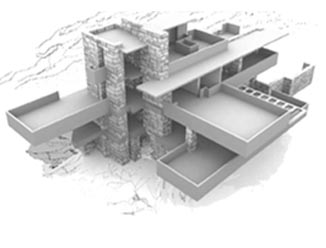

The research topic refers to Fallingwater House which was designed by the architect Frank Lloyd Wright in Bear Run stream, Pennsylvania in 1936, on behalf of the Kauffmann family. Biographical elements of the architect are presented; his apprenticeships along with his first pieces of work, from those which constitute the precursor of Prairie Style and Usonian Houses to the more important influences that he had until the time he was assigned the designing of Fallingwater, are commented upon. The most important factors which influenced his residence design included Sullivan, as his professor; his travels to Japan; his connection to the Japanese art and architecture; Organic Architecture and movements such as Russian Constructivism and Suprematism. Obviously influenced from Neutra, as an architect, and Malevich, as an artist, he ends up with the completed concept of the building.
Architectural designs, drawings and photographs from constructional details and innovations of the building, are attached. At the same time, though, constructional errors and pointless details which still strain its structure, are commented on. This is the reason why the maintenance service of Pennsylvania puts Fallingwater into its top priorities. The Kauffmann family used the house as its rural residence up until the 1950’s, when the son of the family, Edgar Kauffmann Jr., donated the building to the Museum of Modern Art of New York, aiming to having it publically exposed.
The presentation is enriched with photographs. It is accompanied by a short video where the constructional phases of the building clearly appear, and by a model which allows us the ability to disassemble the levels of Fallingwater House.
Supervisor: Triantafillidis Giorgos
Reference Number: 303
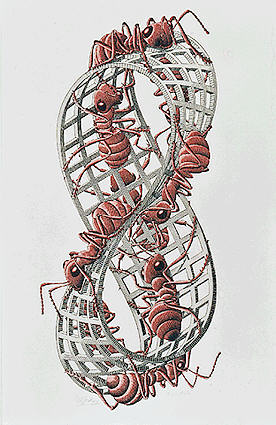

Linearity 1,2,3,4,5,6 steps on a linear path.
Circularity 1,2,3,4,5 and 1 again
A KING WHO DREAMED TO BE A BUTTERFLY WHO DREAMED TO BE A KING
1,2,3,4,5and 1 again and everything ends and begins where all started, beginning and endbecome one, one 1,2,3,4,5and 1 again, inhale, exhale and inhale again, dawn and sunrise, I’m sleeping just to wake up and after waking up I sleep yet again, natural phenomena repeating, the universe eternally repeating, the snake devouring it’s tail. Platon believed that the universe is an eternal metempsychosis; Nietzsche formed the theory of eternal return and spoken of an endless system where every combination may be repeated forever and ever.
1,2,3,4,5and 1 again and my heart continues to beat, an endless repetition, a simple monotony or a system according to which a lot are functioning, memory, music, technology, 1,2,3,4,5and 1 again and glass may become glass again, and paper may become paper again and everything repeats and recycles.
My end is where I started
Supervisor: Psychoulis Alexandros
Reference Number: 281
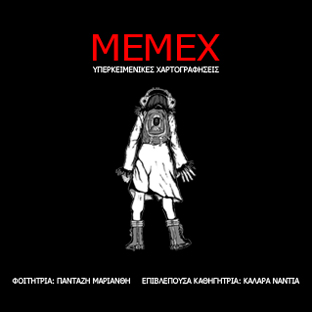

First of all, this research project is an attempt to comprehend the construction – book, entitled “6n Stories and Appendix” which was the result of a course of choice at the 7th semester of academic year 2006-07. At this attempt of comprehension, the methodology that I followed coincides with the one that I had also followed in early manufacture. Hence, the strategy of collection and recording that is detected in the initial manufacture, was useful as model of work also in the theoretical research and the writing of text. Trying to comprehend the processes that I followed in my work, the traces of which are seen in the city space, in the building of my university and in the book, I searched theoretically the terminologies of map, psychogeography, reference and of hypertext - hypermedia. In the other hand, I trying to see this book as a hand made, unique object and search the history and theory of art as far as art book is concerned, from the beginning of the 20 century till today. All this theoretical research is gathered together in a book entitled “Memex”.
Secondly, this research project is an enrichment and enlargement of first manufacture - book. Elements from the initial book are the starting line for new derivatives, experiments, situations, which are finally organised in two parts: 1. Creation of second manufacture up on the initial book, with the form of mapping of references on first in transparencies. 2. Creation of a new book, titled “Other 5 Stories”, enriching the content of book “6n Stories and Appendix”, gathering together all these derivatives in printed form.
Supervisor: Kalara Nandia
Reference Number: 272




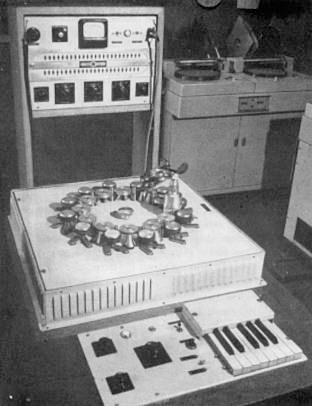

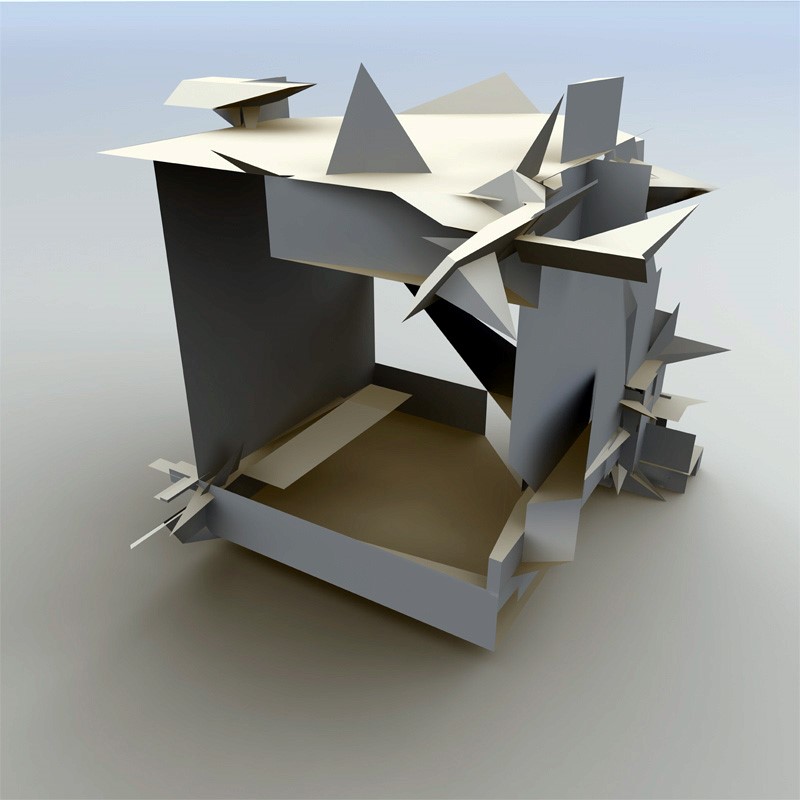

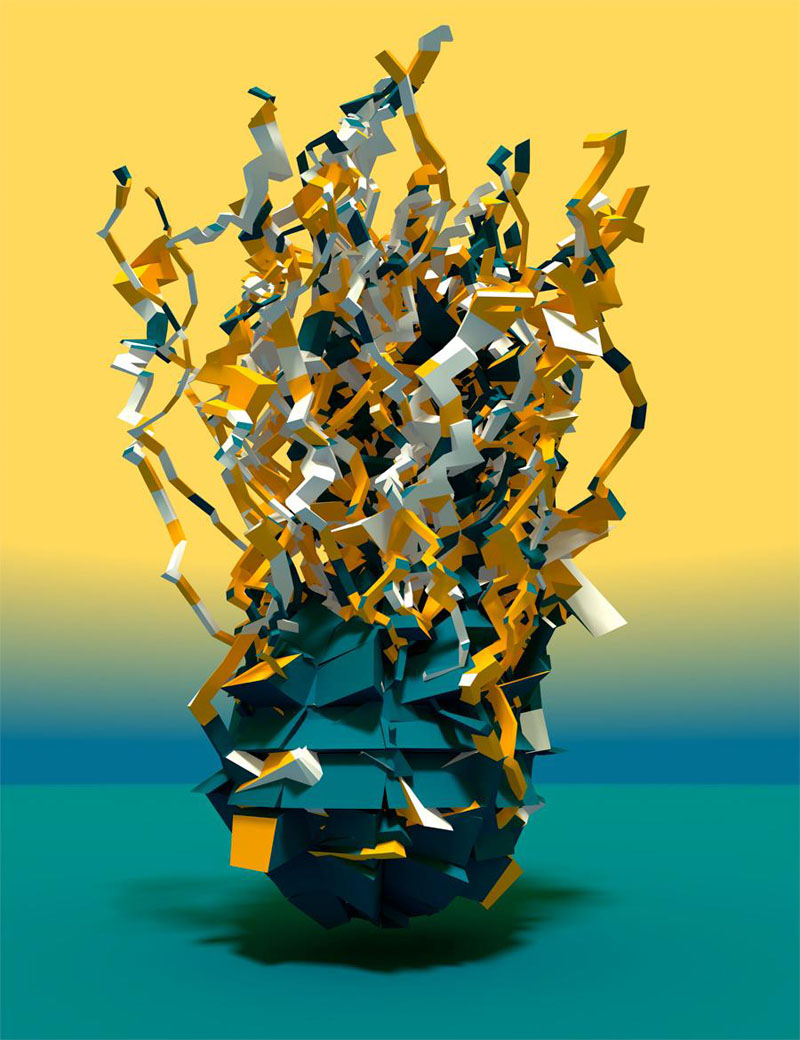

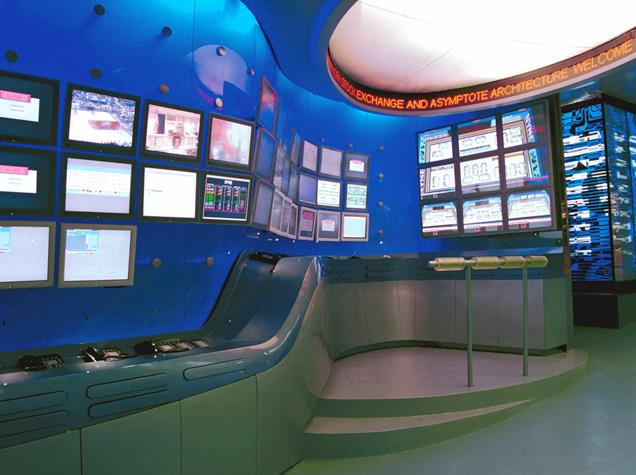

The introduction of sound recording and reproduction technologies in the 20th century created new perceptions around the musical workand the sound more generally. The interest of listener but also author was shifted by the authentic source of sound in the reproduction and inevitably in the fidelity of this reproduction. This shift constitutes substantially the spark for the new musical style of remix which is supported in the choice and the recontextualization of already constructed forms and their integration in new environments and narratives. Sampling, the basic tool for remixing, has its roots in the experiments of the Italian futurists and the French “musique concréte” and it constitutes, beyond a different strategy in cmoposition, a new attitude toward the artistic creation and the way with which one handles the products of this creation, through the weakening of the concept of the original work, the replacement of repetition with interpretation and the perception of the world finally as a database. This strategy of Dj consists of the filtering of incoming information and the adaptation of preexisting forms thus the Dj as a model applies in fields beyond that of music. Τhe concept of remix is imported in architecture using different examples of virtual and physical spaces and a new reading of the building as a “recording” is being introduced. The building as a variable culture product with read/write permissions.
Supervisor: Papadopoulos Spiros
Reference Number: 269


Road movies maintain a common ground: travel as social criticism and self exploration. The role of mobility in societies reflects the relationship between man and the ephemeral. The relationship of man and the ephemeral is examined through the notions of time and space of movement, as illustrated in road movies.
Time of movement shapes the identity of the subject and their relationship with space. Transition explores the parallel change in space and identity through movement. Continuity disregards space and the identity of the nomad or vagabond lingers ‘in-between’. Repetition creates a connection with space through the effect of territoriality. Predictability of movement allows a mental mapping of space and time.
Space of the car transforms human mobility. Car and person are part of a liminal being˙ the motorized person, or driver, is the evolution of the human body. Roadscape in transit creates visual sequences to the passenger. The structures of Roadscape (motel, gas station, diner) are spaces where moving identities interact. Movement beyond the organized road system consists movement through ‘empty’ space and induces defibrillation of the body and redefines the identity of oneself.
In the age of new mobility the postmodern identity eludes stability and seeks the ephemeral
Supervisor: Papadopoulos Spiros
Reference Number: 268
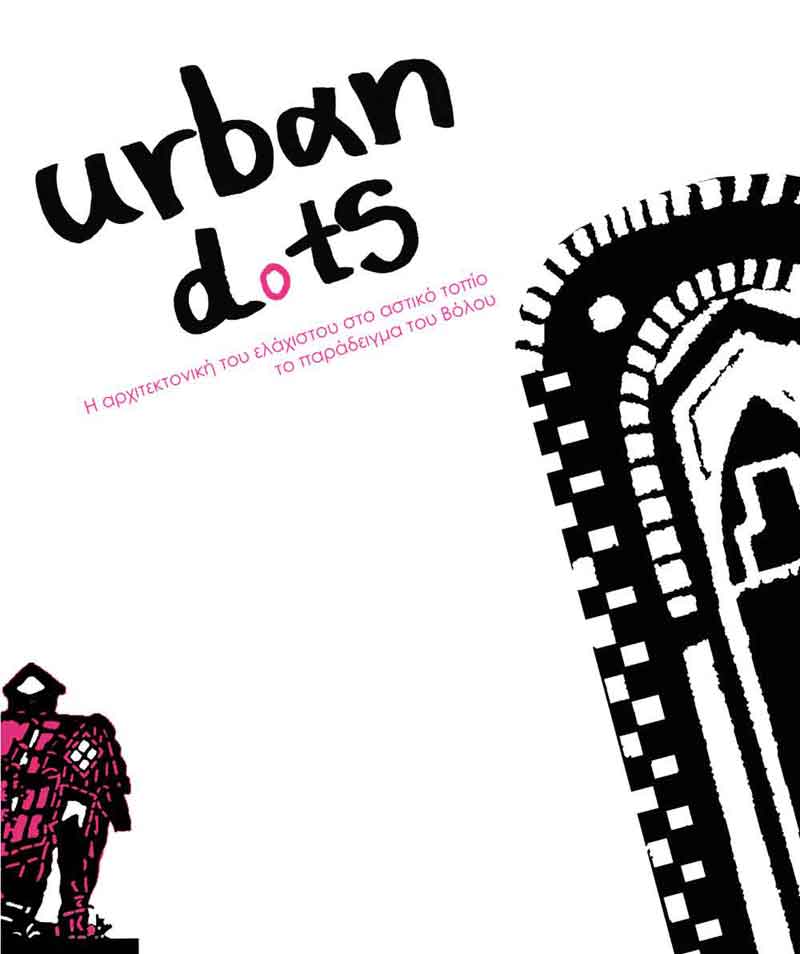

The current research project investigates the architecture of the minimum space in its various expressions. Firstly, as a product of specialized architectural design, in the present conditions, but especially, as a socio-economical result, though handmade structure. Inquires some architectural and artistic efforts, living conditions pushed to the limits, the influence of other civilizations that accepts “minimum” as integral piece of their culture and the handmade structure as the architecture of surviving, adopted usually by vulnerable social groups.
This research aims to a catalogue-guide of handmade, or not, microarchitecture of the urban landscape of Volos. We chose 23 of these structures, recorded, analyzed, categorized and introduced them.
Microarchitecture exists everywhere around us, even in the most unusuall places. In the streets we walk daily, in our neighborhood, even next to our house. But we usually ignore it, as something insignificant and indifferent. The only thing we have to do is recognize it, observe it, analyze it or even learn from it.
Supervisor: Tzirtzilakis Yorgos
Reference Number: 240
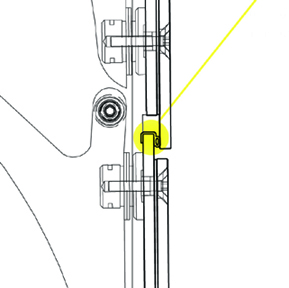

Subject of this study is the double skin facades, a system which gives to the bulidings transparency and functionality and make them capable of adapting to the climate of each season.
Today, that architecture appears more conscious about ecological matters, than ever, this old time idea is again popular and used from many architects.
By the time that understanding the function of the double glass facadeis complex, it is attempting an analysis of the basic points of this system. We ascertain that the function of these systems, is affected by many different factors.
Next, are presented their categories, a very important process, because each type which is presented, affects the final design of the buildings. The number of these types is large, so a synopsis and a comparison of their characteristics will be very useful. Their advantages and disadvantages are also mentioned.
The result of the inquiring subject is the analysis and the propose of a model system of double glass facade, which uses as outer layer glass blinds, which allow the airtight closing of the system. Next it is attempting a concise presentation of the strategics, which should be followed in order to succeed a complete control of environmental conditions.
Finally, are mentioned conclusions that result from the total study.
Supervisors: Philippitzis Dimitris, Tsangrassoulis Aris
Reference Number: 253


Thomas Bernhard is an Austrian author, who was born on the 9th February 1931.
Thomas Bernhard is considered to be one of the greatest authors of our time., he belongs to the generation of literature that begins to publish after the war and with his peculiar writing he defines in a large scale the directions of the younger generation of Austrian authors.
Bernahrd wrote poems, novels and theatrical plays. He was also involved with music and he worked as a journalist. In his works he appears detached but a practiced observer.
Correction is a novel by Thomas Bernhard translated by Vasilis Tomanas from Exantas publications, 1998.
It was written in 1975 having been a decade drifted away in his farm.
The correction deals with human relations the attitude of certain people in some situations, weaknesses of comprehensions and of communication and the true friendship between three people that manages to overcome the stereotypes of a certain era.
A lifetime relation that ends with death.
The correction is a patchwork of manuscripts by Roithamer (the novel’s main character).
In the manuscripts beyond interpersonal relations and the dipoles beginning-end, life-death it appears that the author is occupied with the concept of utopia, the boundaries between architecture and the building as well as the relations between the site and
the habitation.
Supervisor: Kotionis Zissis
Reference Number: 297

